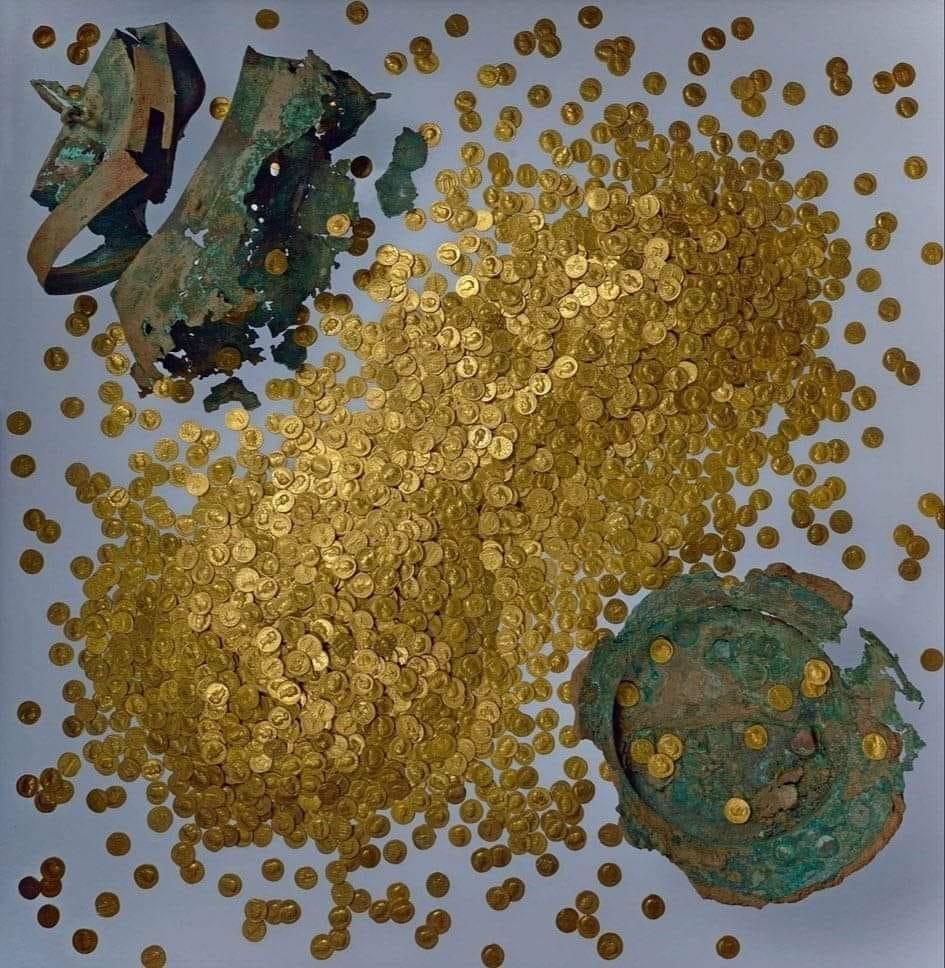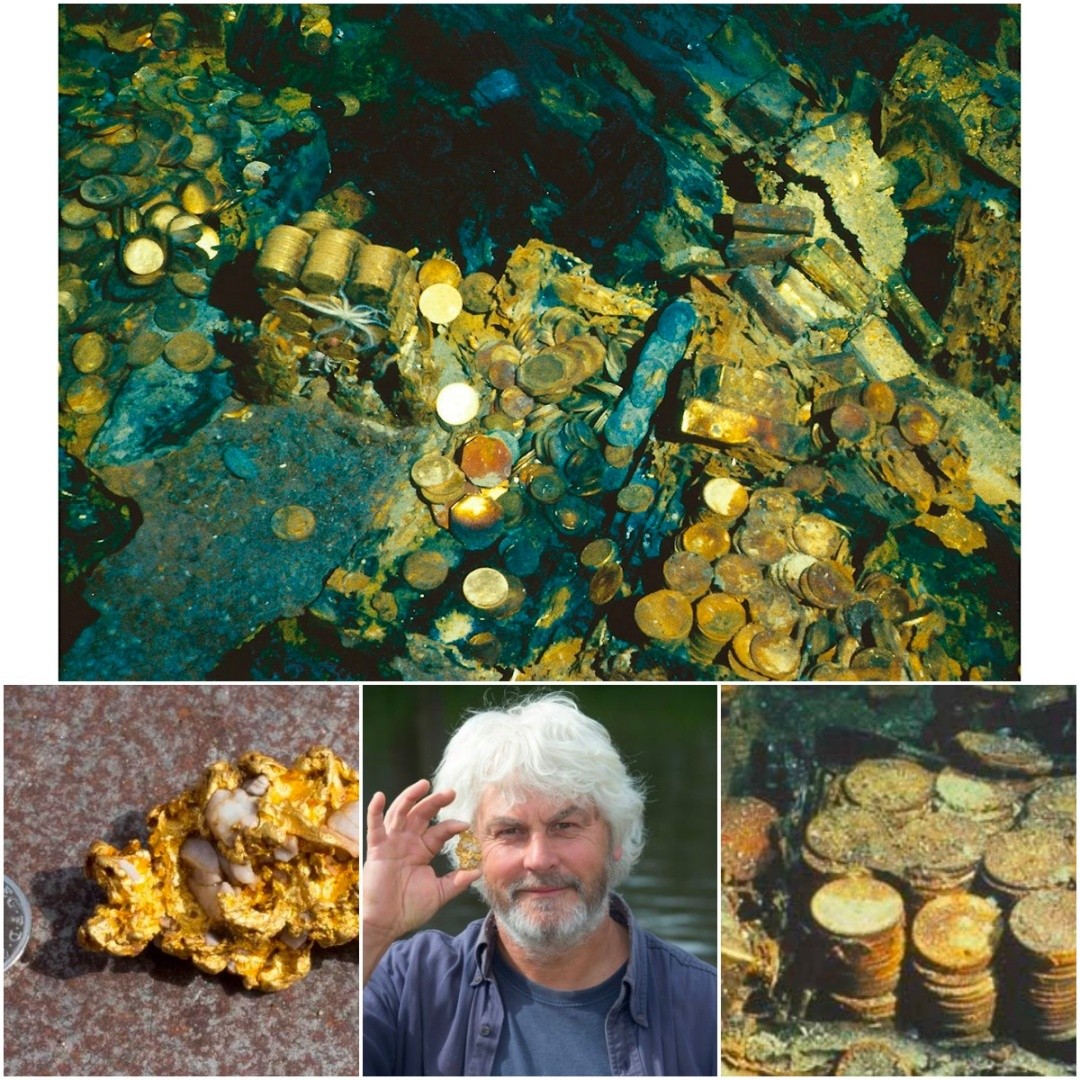Trier Gold Hoard Unearthed: Largest Roman Treasure Sparks Historical Frenzy

In a discovery that has captivated historians and archaeologists alike, the Trier Gold Hoard, comprising over 2,650 aurei (Roman gold coins) with a staggering total weight of 18.5 kilograms, was unearthed in Trier, Germany, in September 1993, nearly 1,800 years after it was hidden in 196 AD. The hoard, concealed during the turbulent revolt of Clodius Albinus against Emperor Septimius Severus, represents the largest Roman gold hoard ever found, offering a dazzling glimpse into the wealth and political chaos of the late 2nd century AD. Discovered during construction work for a hospital parking garage, the hoard was initially scattered when an excavator tore through a bronze cauldron, but the efforts of archaeologists and an amateur detectorist recovered a remarkable 2,516 coins, featuring portraits of 27 emperors, empresses, and imperial family members. This monumental find, now displayed at the Rheinisches Landesmuseum Trier, has ignited global fascination, blending historical intrigue with tales of lost treasure.

The hoard’s historical significance lies not only in its sheer size—equivalent to the annual pay of approximately 130 Roman soldiers—but also in its composition, which spans over a century of Roman rule. The earliest coins, struck under Emperor Nero in 63/64 AD, contrast with the latest, minted under Septimius Severus between 193 and 196 AD, suggesting the hoard was an official treasury meticulously curated over time. The coins, weighing between 5.8 and 7.6 grams each, depict 40 Roman emperors and their relatives, including rare types such as a portrait of Didius Julianus, who ruled briefly in 193 AD after purchasing the throne. Buried in a cellar during the civil war sparked by Clodius Albinus’s rebellion, the hoard likely remained hidden after its administrator perished, possibly in the defeat of Albinus’s forces at the Battle of Lugdunum in 197 AD. The discovery provides critical insights into Roman financial systems, political instability, and the strategic importance of Trier (Augusta Treverorum), a key city in the province of Gallia Belgica.

The unearthing of the Trier Gold Hoard has transcended academic circles, capturing public imagination and fueling debates about its modern value and historical context. Estimates of its worth range wildly, with some suggesting the hoard’s 2,650 aurei could fetch $6.6 million at $2,500 per coin, while others speculate values exceeding $30 million based on rare coin auctions. Social media platforms buzz with awe and speculation, with enthusiasts marveling at the hoard’s beauty and pondering who hid such wealth—and why it was never reclaimed. The find also underscores the challenges of preserving such treasures, as looters initially pocketed an estimated 100–200 coins before authorities secured the site. For scholars, the hoard is a time capsule, illuminating the power, turmoil, and sophistication of the Roman Empire. As research continues, the Trier Gold Hoard stands as a testament to the enduring allure of ancient treasures and the mysteries they unveil about our past.










